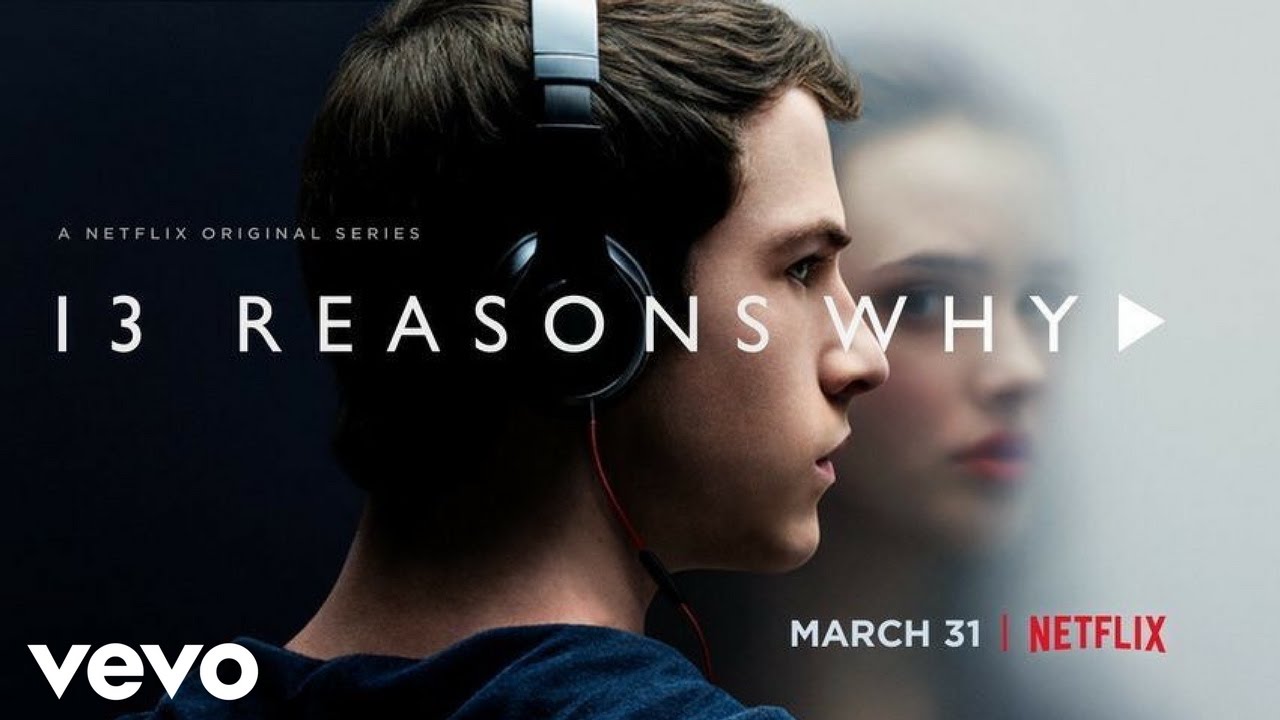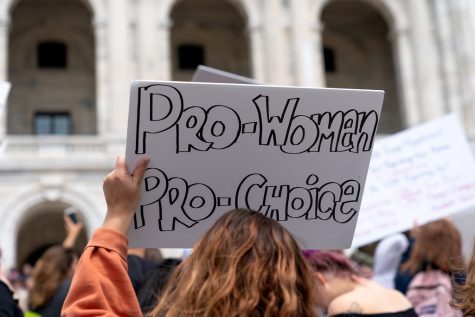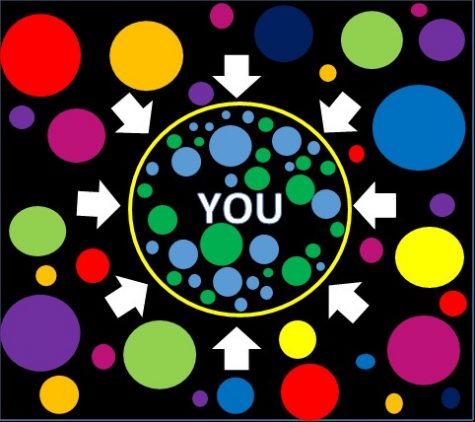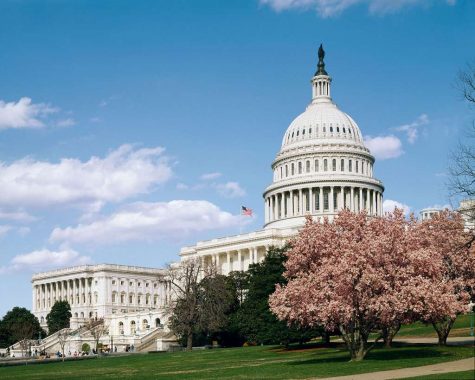13 Reasons Why gets it all wrong, despite good intentions
OPINION
The Netflix series has raised concerns about its depiction of mental illness and suicide.
On March 31, Netflix came out with a new show called 13 Reasons Why, with the ostensible aim of raising awareness for mental health. Instead, it is a stale display of overused stereotypes that romanticize mental illness and it is insulting to those whose lives have been or still are affected by it.
The show is based on Jay Asher’s 2007 book. The narrative centers around Hannah, who commits suicide and leaves a box of 13 tapes containing the reasons why she did it. Each tape picks out one person who she says contributed to her suicide.
Superficially, the premise is a good one: to help people understand mental health and suicide and reduce levels of ignorance. But the show accomplishes just the opposite by creating inaccurate images of mental health that hurt rather than help.
One of the main characters, Clay Jensen, has a romantic relationship with Hannah, causing him to believe that he is the reason she committed suicide. When Clay listens to the tape devoted to him, Hannah says that if Clay told her he loved her then it would have stopped her from killing herself.
This is a completely romanticized and dangerous idea of mental illness. In the vast majority of cases, suicide cannot be prevented simply by someone saying “I love you.” So much more goes on “behind the scenes” of mental illness, unseen by most, that is not addressed in the series.
Another character states that Hannah’s act was just for attention and her reasoning for committing suicide was invalid. Problems that others might shrug off as being “no big deal” could be crippling for the person going through them.
It is ignorant to dismiss anybody’s problems and say that their behavior is just a call for attention. For a show that claims it is trying to promote mental health awareness and eliminate stereotypes, this is not only a contradiction, but a total undermining of its purpose.
A show that claims it is trying to raise awareness about a serious issue makes repeated and serious mistakes about that very issue.
Hannah continuously goes to her school counselor asking for help and does not receive any. The counselor says he did not see any signs of Hannah being suicidal but in the last episode it shows her in his office telling him how she is feeling right before she leaves school and kills herself.
The implication is that those struggling with depression or suicidal thoughts/ideations won’t get the help they need, which is very often not the case.
Throughout the show there are few depictions of Hannah’s depression, which is the primary cause of suicide. Mental illness is the issue they are trying to confront and yet they do not do it properly, because they do not show Hannah struggling.
In the tapes, Hannah is putting the blame on other people and not taking responsibility for her actions. It is very unfair of Hannah (or anyone) to blame others for her own actions, because it is her decision and hers alone to commit suicide. This again sends the wrong message that you can blame others for your actions.
Perhaps most disturbing, the American Foundation for Suicide Prevention has stated that “[r]isk of additional suicides increases when the story explicitly describes the suicide method, uses dramatic/ graphic headlines or images, and repeated/extensive coverage sensationalizes or glamorizes a death.”
During the last episode Hannah’s suicide is shown in extremely inappropriate and graphic detail. It explicitly and repeatedly shows Hannah’s method, flying in the face of mental health guidelines.
A show that claims it is trying to raise awareness about a serious issue makes repeated and serious mistakes about that very issue.
The real danger here isn’t the premise of the show itself, but a show produced with serious flaws that runs the risk that something as serious as suicide will be misunderstood through a mainstream media outlet claiming it is trying to help.












